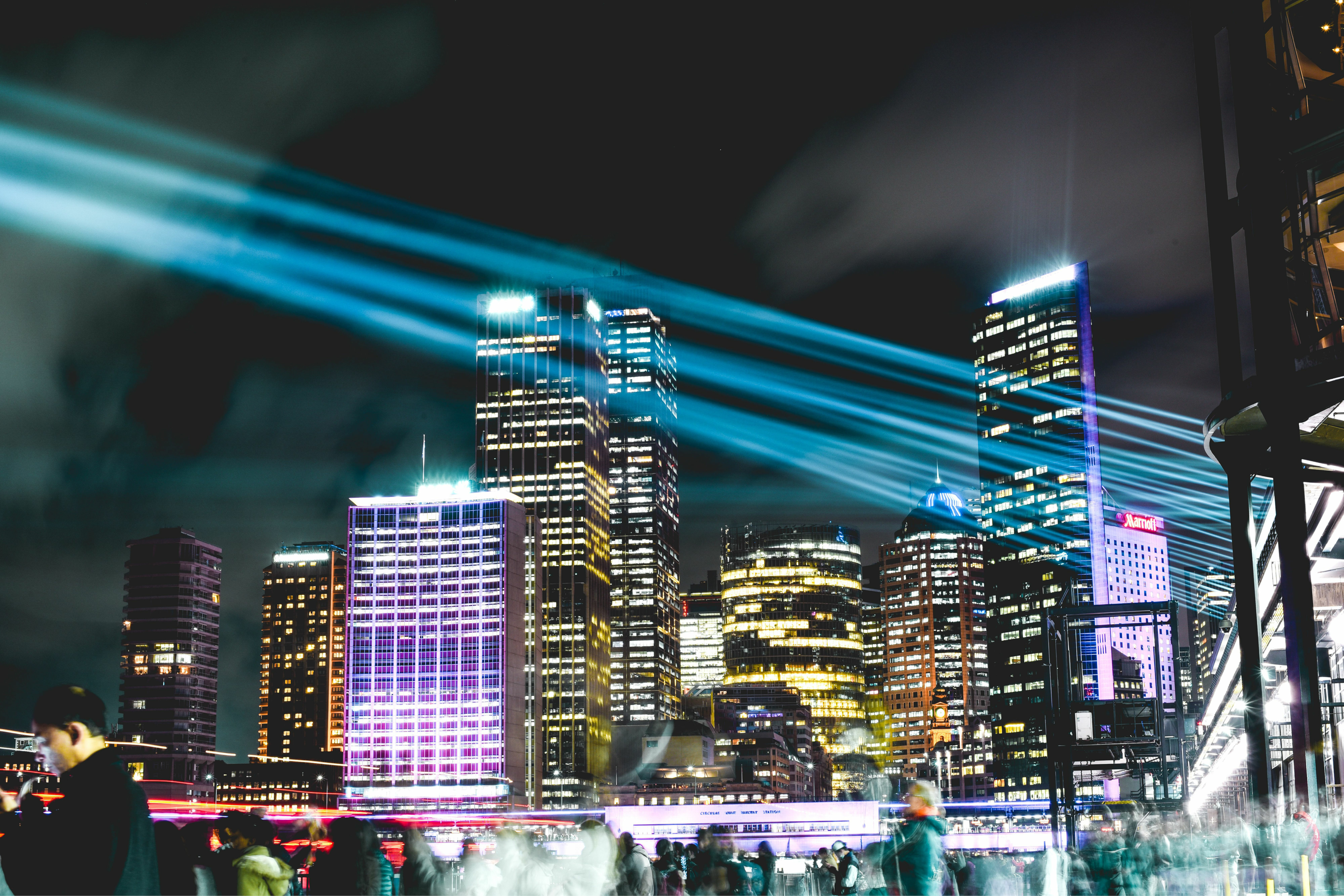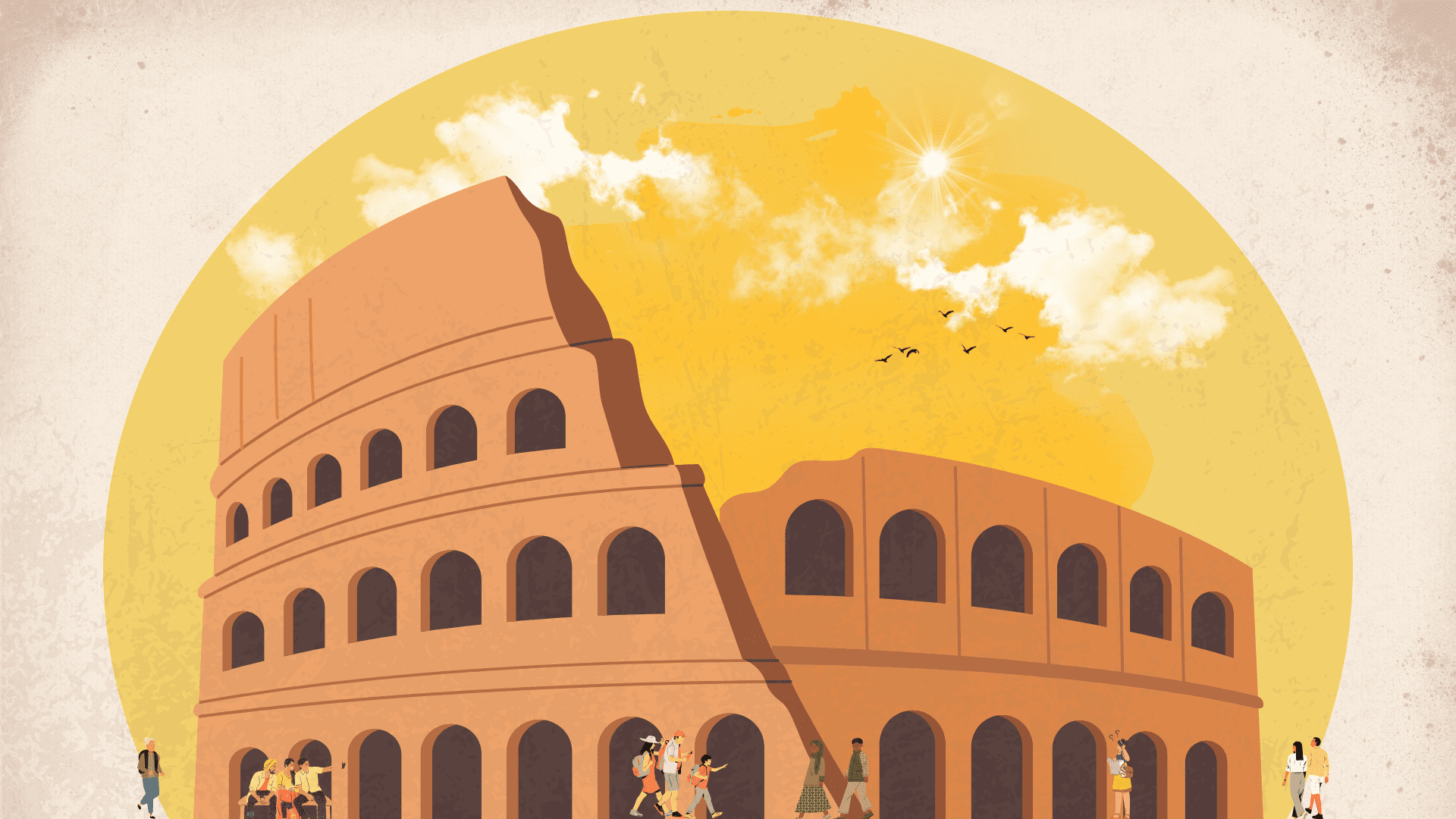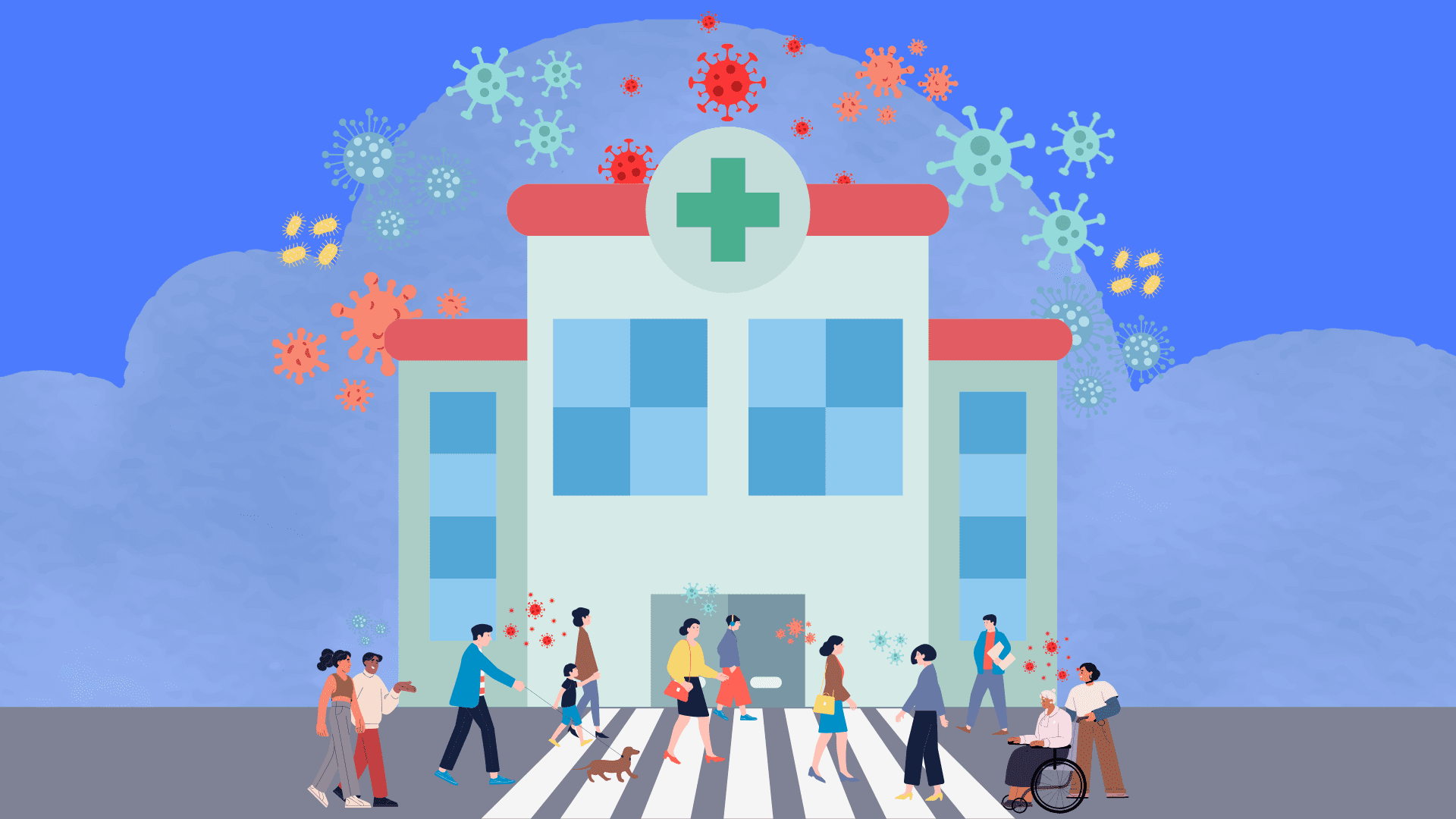29 Dec 2020 | Industry Insights
Just how powerful is the Digital Twin?

Digitalisation has been a case of trial by fire throughout 2020 for almost every industry. Companies have been forced to adapt and embrace new technology that allows their workforce to work remotely due to the outbreak of COVID-19. It is thought amongst industry leaders that the pandemic will have a positive impact on the adoption of new technology throughout the next decade.
This indifferent year has highlighted the importance of agility as companies need to be able to respond quickly to volatile economic conditions. Digital solutions that monitor and harness operational insights are invaluable tools for businesses looking to adapt.
In order for us to be able to extract valuable insights, asset data must be handled to good effect. Capturing quality and reliable data is paramount for those who aim to exploit the full potential and capabilities of digital technologies. By modelling and processing data appropriately, powerful scenario-based analysis will deliver gains in agility and efficiency.
Low carbon priorities
Internationally, there is a willingness and effort to prevent and slow down the effects of global warming. Major business leaders are leading the fight by strongly committing to rebalance their portfolios therefore improving asset sustainability will act as the olive branch towards a net-zero future.
The digital twin can be vital in offsetting carbon emissions, even more so than renewable energy. Collecting and modelling data to visualise physical assets enables businesses to track their emissions in real-time and better understand areas for improvement.
Sustainability costs can also be better managed. When a digital twin is employed the impacts of physical action, whether it be environmental or financial, can be surveyed and modelled before making a potentially costly decision.
Condition monitoring
For companies to maximise revenues it is imperative that they avoid costly shutdowns as well as having good maintenance operations in place. Digital solutions can be a significant help in flagging risks before they happen. Using raw data also provides an opportunity to enable simulated scenarios alongside predictive decision making for operators.
Predictive technologies can be utilised to determine whether equipment or facilities are not functioning as they should and by comparing the differences between simulations and the physical, downtime can be avoided by spotting operational failures. In the long term, this can contribute to significant savings.
The implementation of a digital twin means that companies can simplify their workflow into a single user-friendly resource, dramatically reducing the number of digital tools needed and, in turn, freeing up capital for other business requirements.
Related insights

Industry Insights
Can Digital Twins Help Us Design Buildings That Bring People Together?
Loneliness is increasingly recognised as a public health issue, and the built environment has a role to play in addressing it. A well-designed building can meet every technical standard yet still leave people feeling isolated. Homes, workplaces, campuses and later-living communities often fall short not because they lack function, but because they lack connection. Architects and planners are beginning to ask a deeper question: how can buildings help people feel less alone? This isn’t about surveillance. It’s about feedback, helping designers and operators refine buildings after handover to better support wellbeing and social interaction. Technology won’t solve loneliness on its own, but used responsibly, digital twins like Twinview can guide the creation of buildings that feel more human.
Read more

Preserving the Past Through the Future: How Digital Twins Are Transforming Heritage Conservation
Discover how digital twins are transforming heritage conservation. Historic buildings face growing threats from climate change, material decay and visitor impact, yet traditional maintenance methods are often reactive and unable to prevent long-term damage. This article explores how digital twins offer a new path to proactive preservation, giving conservation teams powerful insight without compromising historical integrity. Whether a building is centuries old or lacks detailed plans, Twinview enables conservation teams to start small and build meaningful insight step by step. With digital twins, we can shift from reactive repairs to predictive preservation, protecting authenticity while planning confidently for the future. Explore how technology can give history a digital life.
Read more

Industry Insights
Digital Twins for Infection Control in Hospitals: Supporting Safer Healthcare Environments
Infection prevention has always been central to safe healthcare, but COVID-19 exposed how vulnerable hospitals can be to outbreaks. Digital twins like Twinview offer hospitals real-time insight into how buildings are used, from patient flow and air quality to occupancy and cleaning. By creating a live 3D model of the facility, Twinview helps teams identify high-risk areas, optimise ventilation and target cleaning where it’s needed most. It supports smarter admissions, safer waiting areas and data-driven decisions that reduce infection risks. Rather than predicting every outbreak, Twinview highlights unsafe conditions early, empowering hospitals to act fast. Integrated with IoT sensors and building systems, it enhances compliance, safety and efficiency. As digital twin technology evolves, Twinview’s potential grows, supporting AI-driven analytics, clinical integration and sustainable, infection-resilient hospital design for the future.
Read more

